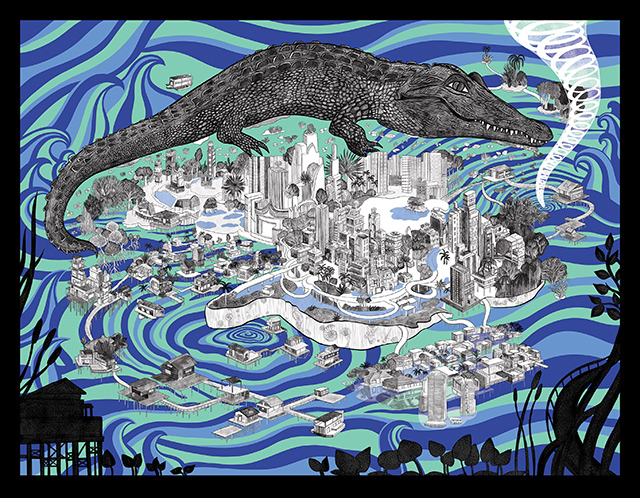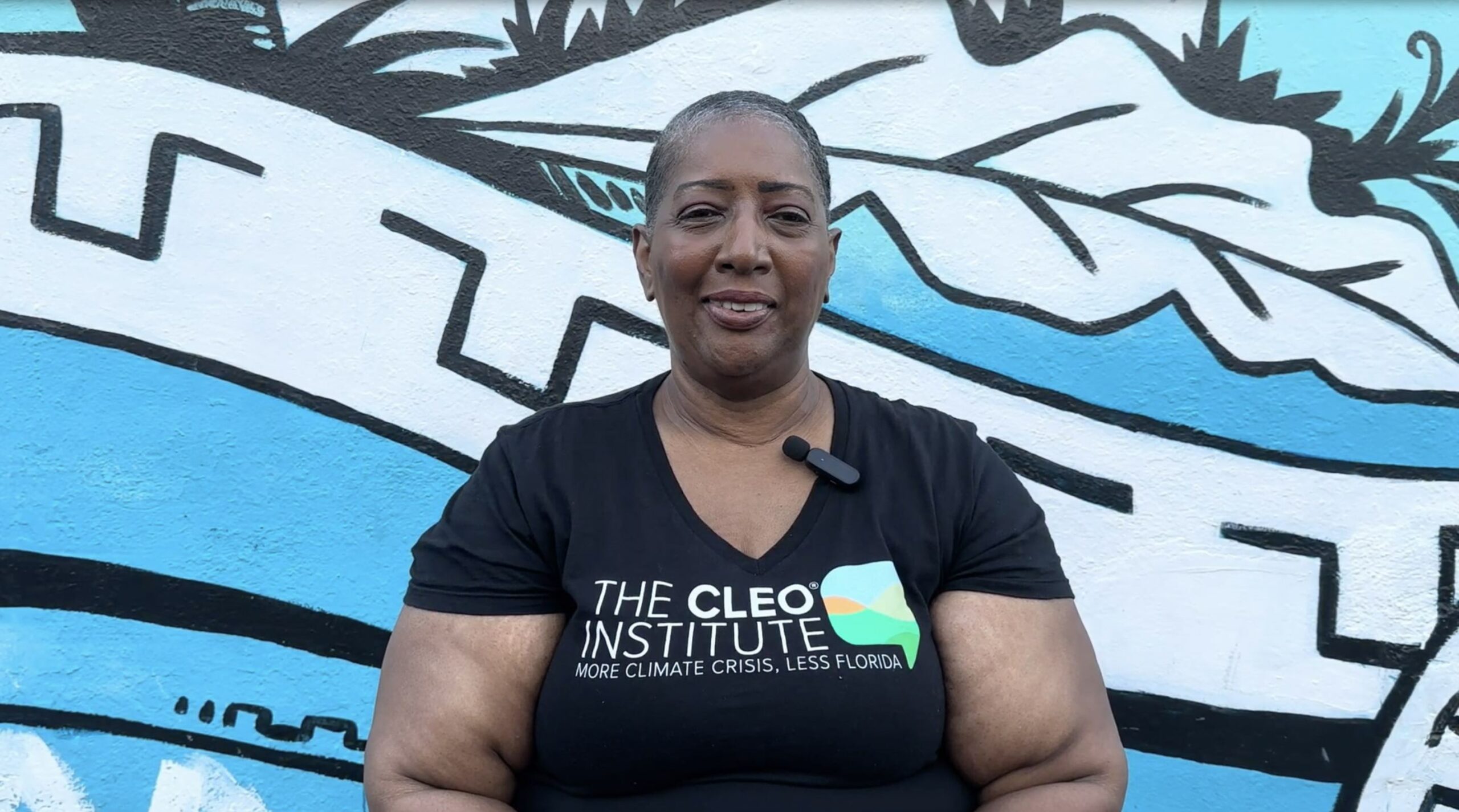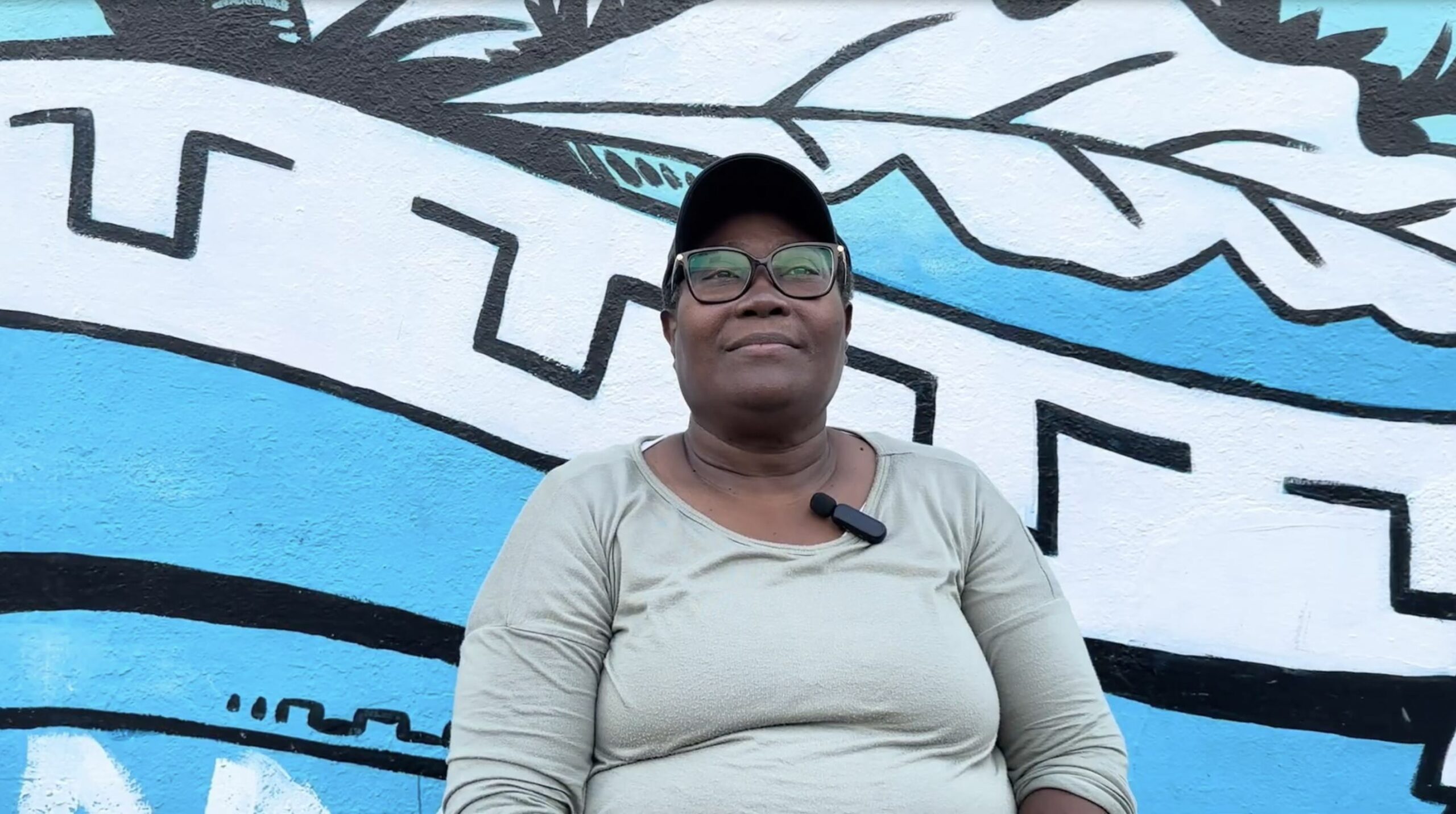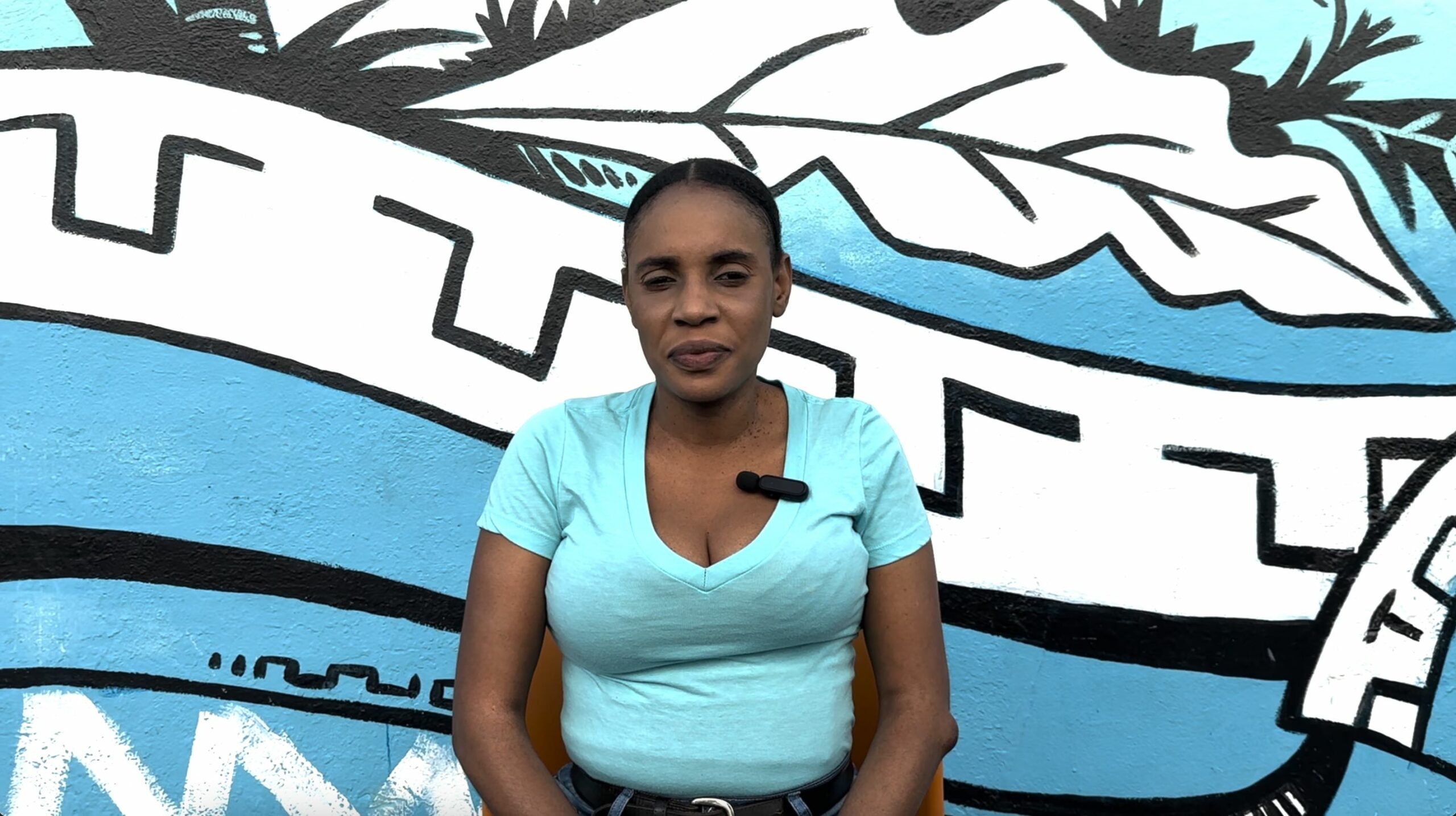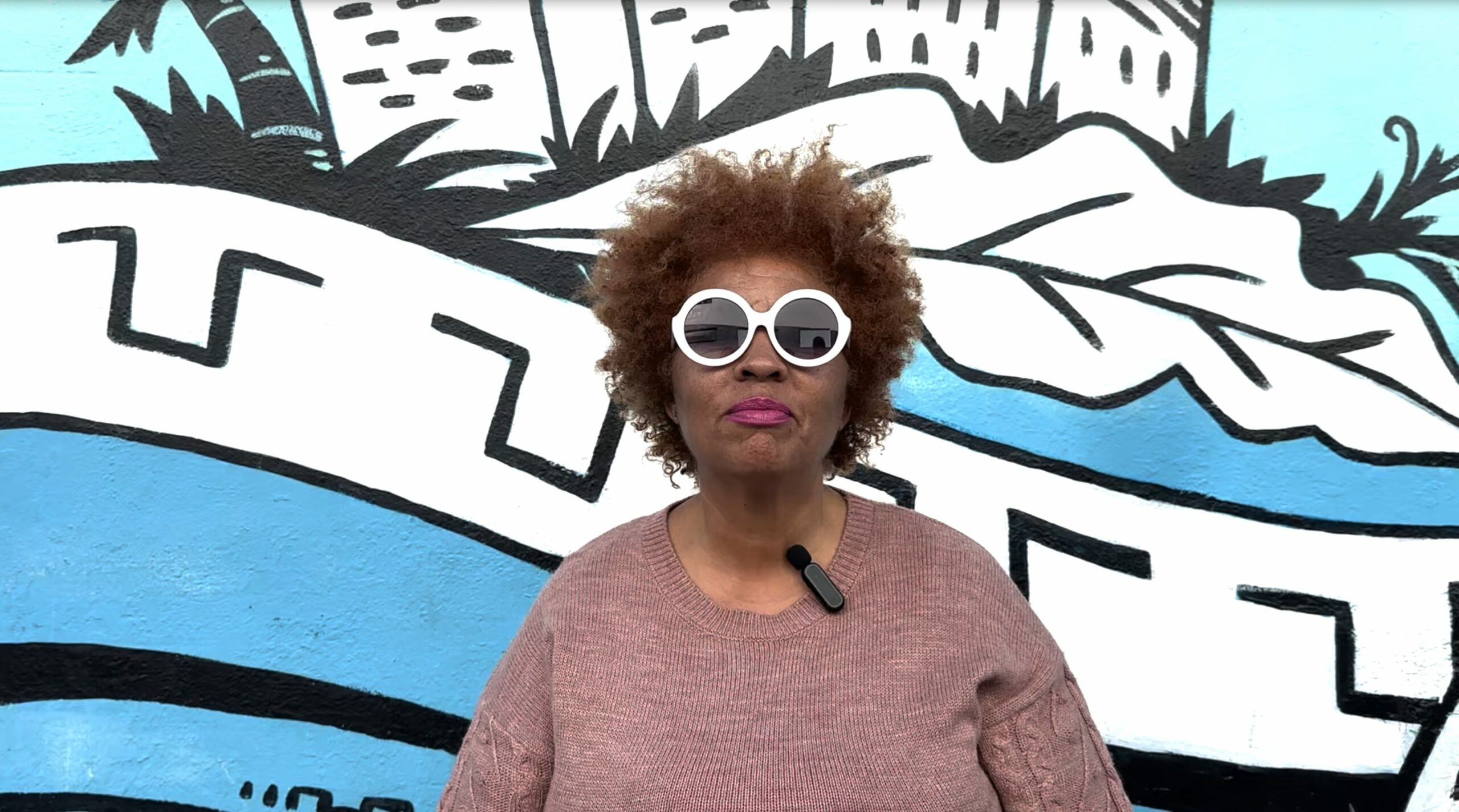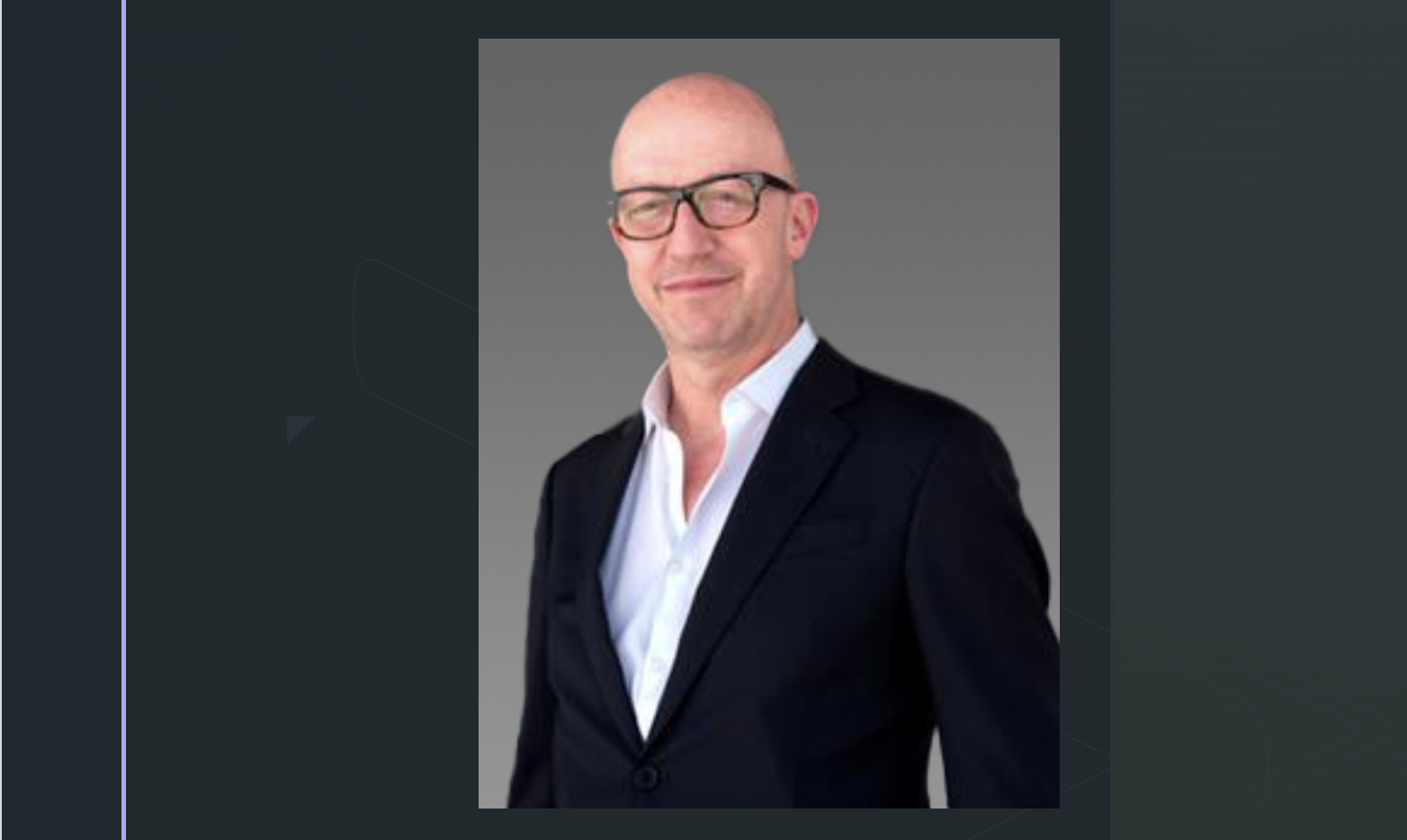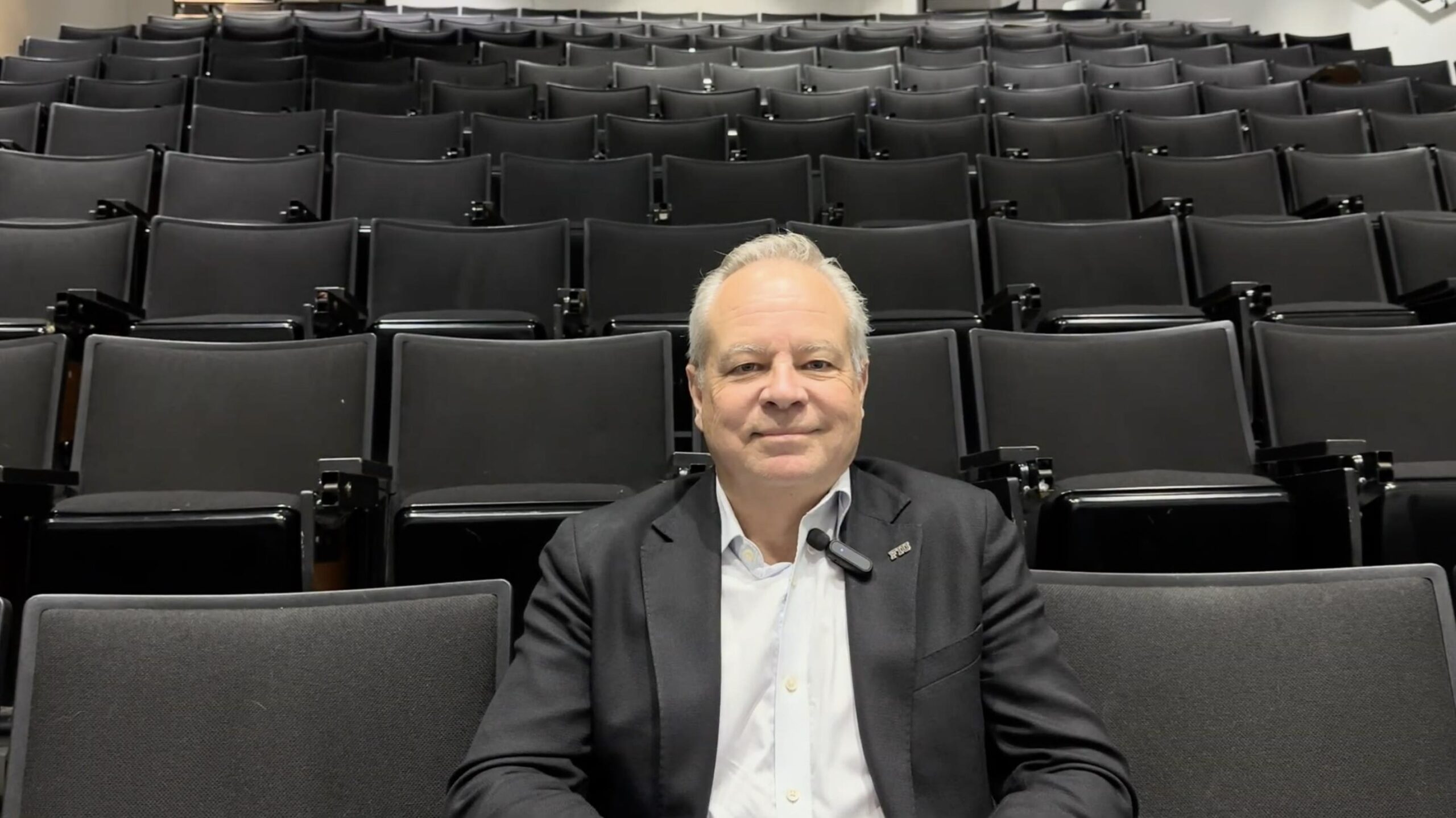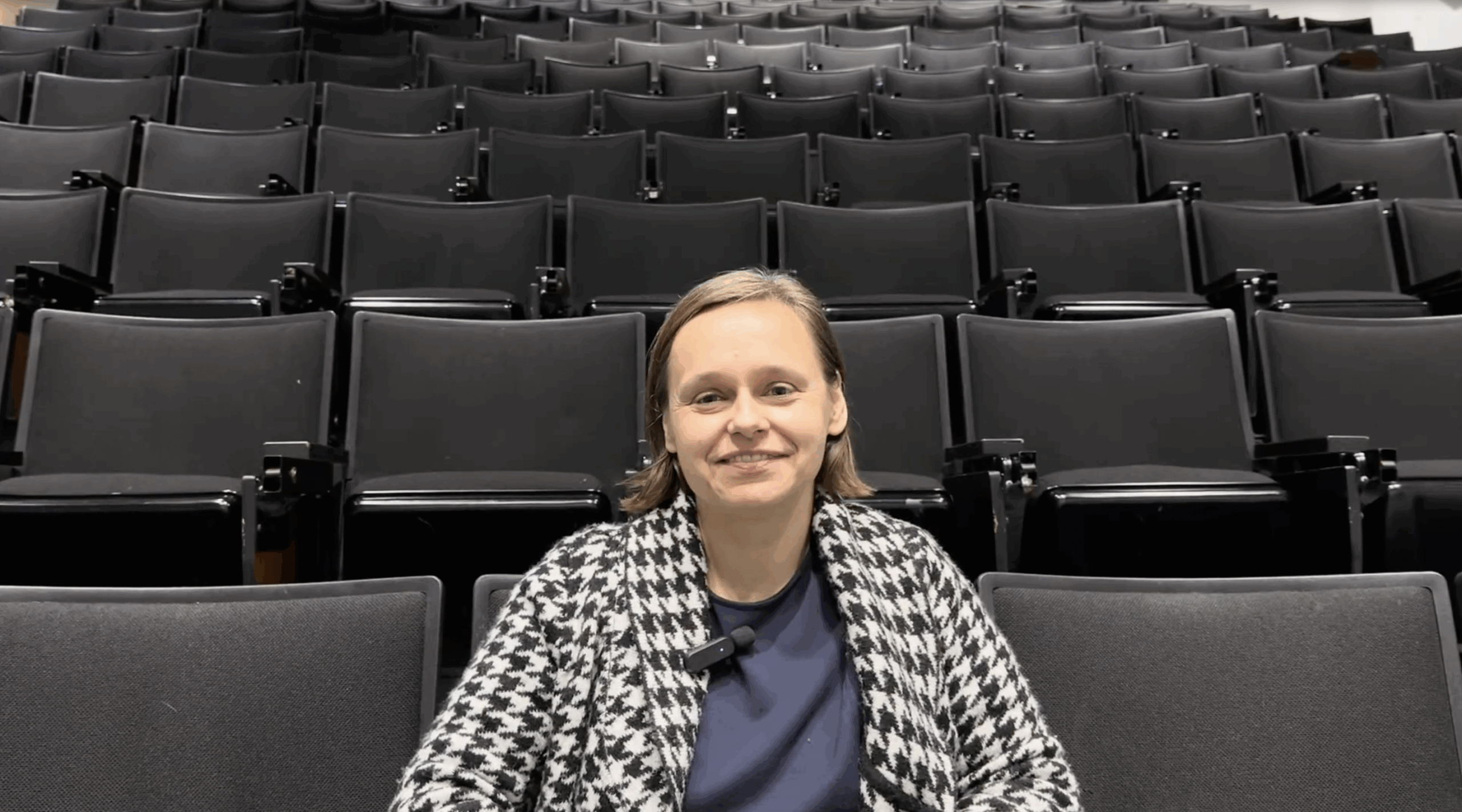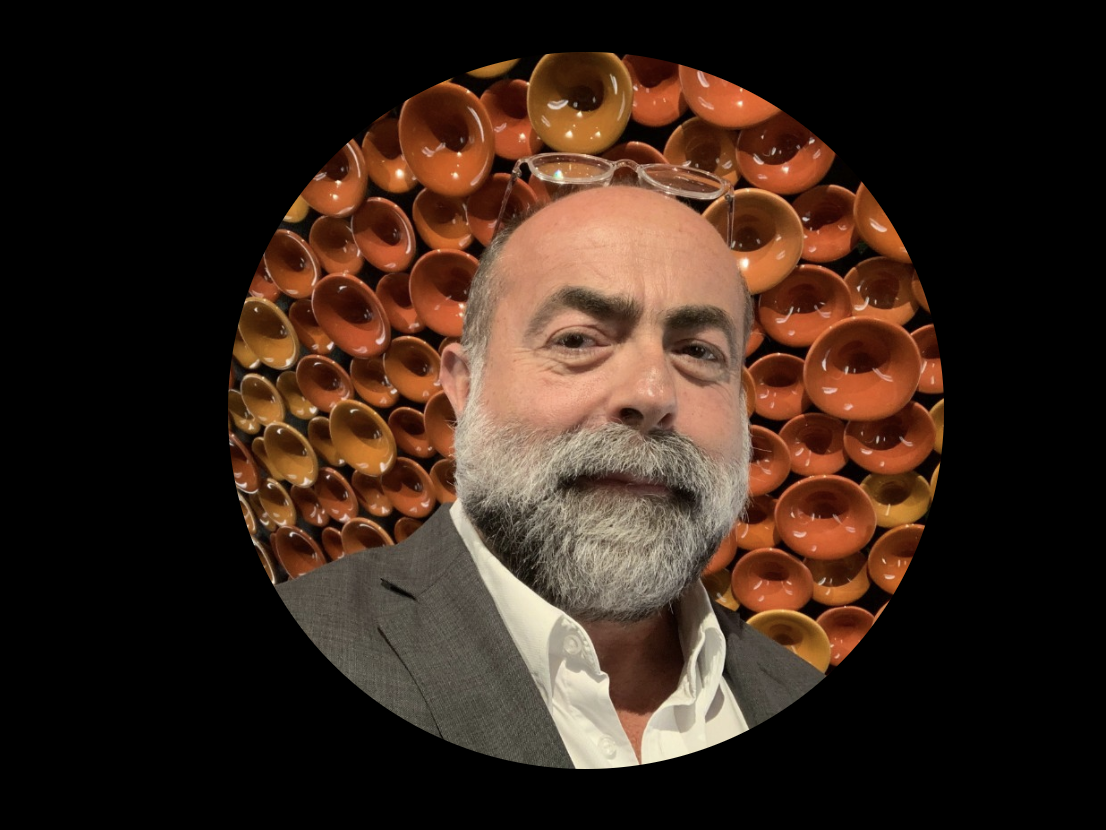
Architect and Dean of the School of Architecture at the University of Miami, Rodolphe el-Khoury is renowned for his work at the intersection of architecture, urban planning and emerging technologies. He combines an international vision with a strong local commitment to preparing coastal cities for the impacts of climate change. At the helm of several research programmes, he explores solutions ranging from floating cities to 3D printing of modular structures, while developing educational approaches to train a new generation of architects who are aware of environmental issues.
Students already focused on rising sea levels
Rodolphe el-Khoury presents a virtual reality project that is still in its infancy but already has a clear ambition: to raise public awareness of the urban transformations needed to address climate change. ‘It’s basically a prototype,’ he says, emphasizing that the approach combines engineering and communication to inform the public about what could happen and how to respond.
He believes that the new generation of architects are fully aware of these issues: ‘Today’s students, especially those who choose to come to Miami, are interested in the challenge of rising sea levels.’ Every year, one or two final-year projects focus on floating cities, reflecting a growing interest in reconciling architecture and the marine environment.
Floating cities as a credible scenario
The architect considers floating cities to be ‘definitely one of the solutions,’ pointing to previous projects such as the island community of Stiltsville off the coast of Miami. For him, the local geography, made up of islands and canals, makes such a scenario plausible. However, he notes a paradox: people in Miami are aware of sea-level rise, they know it’s real, but they are in denial about how it will have impact on their lives.
He believes that actionable awareness will come through strong economic signals, such as the end of long-term mortgages in at-risk areas. For now, ‘I don’t see any collective mobilization in the public mind.’
Adaptation and denial
Despite the increase in extreme events, he notes that the response remains limited. Changes are nevertheless underway, such as raising streets in Miami Beach, but projects truly geared towards adaptation remain rare.
Technological innovation at the service of architecture
The laboratory he heads is exploring innovative solutions, including 3D concrete printing applied to floating urban planning.Using a large-format printer installed over a dry dock, ‘the barges come under the printer, we print the house, the barges leave… then these barges with the printed houses are designed to be assembled to create a kind of large floating field’. This process aims to optimise modular construction and enable the gradual expansion of cities on water.
Fixed but scalable structures
When asked whether these cities could be mobile, the architect favours the idea of fixed structures with ‘a certain flexibility so that they can slowly expand or shrink, move, but in a very gradual way’. This design involves permanent links to the mainland via bridges or other infrastructure.
Testimonies from the same panel
